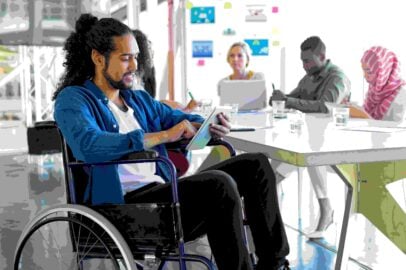You may have been expecting to find something here. We’ve recently launched a new SCIE website, and following a content review, a number of pages and sections have not moved onto the new site. We still have a lot of content available though, so please do take a look through our care theme sections, our available training courses and also our consultancy offers.
Explore our resources

Care themes
Guidance, advice and better practice across a range of key care themes and priority areas.

Training and e-learning
Browse our range of courses, delivered via open access for individuals, bespoke in-house training for your organisation or team, or our range of e-learning courses.

What we offer
Access expert advice and consultancy support from SCIE to drive improvements across children, families and adults’ health and social care.
